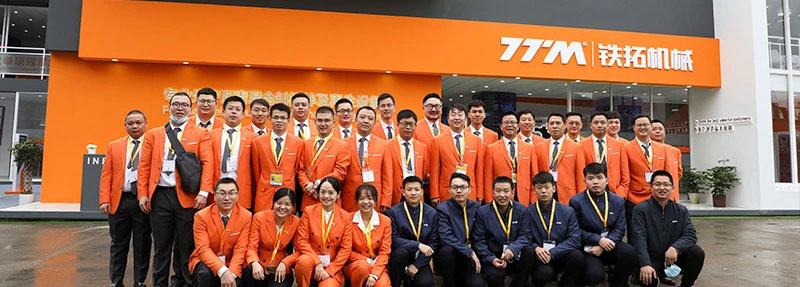Why Contractors Are Asking About Asphalt Hot Recycling Mixing Plants
If you’ve been to a road-building expo lately, you’ve probably overheard the buzz around the asphalt hot recycling mixing plant. Everybody’s talking about it—project managers, DOT engineers, even the truck drivers who used to swear by virgin mixes only. But here’s the million-dollar question: can this technology really trim the budget without turning your pavement into a pothole festival? Let’s dig in and find out.
What Exactly Is “Hot Recycling” Inside the Plant?
Forget the jargon for a sec. Hot recycling simply means reheating reclaimed asphalt pavement (RAP) and blending it with new aggregate and bitumen inside the same drum. The magic happens at 150–160 °C, where the old binder re-liquifies and fuses with the fresh stuff. The result? A mix that behaves like a virgin recipe but contains up to 50 % recycled content. Neat, huh?
The Dollars-and-Cents Equation
Let’s talk turkey. Virgin binder is hovering around $700 per ton in most U.S. ports. Replace 40 % of that with RAP and you just saved $280 on every ton of binder. On a 20 000-ton interstate job, that’s a $5.6 million line-item reduction. Even after you account for extra drying energy and a higher-dosed rejuvenator, you’re still looking at double-digit savings. Your finance department will love you for it.
Does Quality Suffer? Lab Data Speaks Louder Than Rumors
Independent DOT labs in Texas and Ontario ran rutting tests on 50 % RAP mixes produced in a modern asphalt hot recycling mixing plant. The dynamic stability came back at 3 200 cycles/mm, comfortably above the 2 000 minimum. On moisture damage, the tensile-strength ratio clocked in at 92 %, beating the 80 % spec. Translation: the pavement lasts just as long—sometimes longer—than virgin-only roads.
Transitioning From Batch to Recycling: What Changes on Site?
Before you rush out and retrofit your 1970s batch tower, know this: you’ll need a parallel drum or a bifurcated drying zone to shield RAP from direct flame. You’ll also add a rejuvenator dosing skid and a RAP cold-feed bin with variable-frequency drives. Oh, and one more thing—your plant computer gonna need a software update to track multiple temperature zones at once. Once those tweaks are done, you can toggle between virgin and recycled mixes in under 45 minutes.
Environmental Perks That Make Regulators Smile
Every ton of RAP you reuse keeps 0.45 t of CO₂ out of the air—equal to planting 20 trees. Multiply that by the 3 million tons of RAP already stockpiled in the U.S. and you’re talking about the carbon footprint of a mid-size city disappearing overnight. LEED credits and carbon-credit markets are starting to reward that behavior, so green is no longer just a color—it’s cashable.
Common Myths, Busted
Myth 1: “RAP is just chunky black stuff that weakens the mix.”
Reality: With correct fractionation and superheated gas conditioning, RAP is as consistent as virgin aggregate.
Myth 2: “You can’t exceed 25 % RAP in surface courses.”
Reality: Missouri DOT just placed a 50 % RAP SMA surface on I-35 in 2022—zero cracking after two winters.
Quick-Start Checklist for First-Time Buyers
- Demand a variable-speed RAP feed to hit ±1 % accuracy.
- Insist on infrared temperature sensors on the drum discharge to prevent blue smoke.
- Ask for a self-cleaning heat-exchanger so you won’t be climbing inside with a pressure washer every week.
- Negotiate a five-year software-update clause; technology moves fast in this niche.
Future-Proofing: Warm Foam, Bio-Rejuvenators, and Beyond
Researchers in the Netherlands are already injecting warm foam bitumen at 110 °C, cutting another 12 % energy. Meanwhile, soy-based rejuvenators are replacing petroleum flux oils, nudging the recycled content toward 70 %. Early adopters who spec an asphalt hot recycling mixing plant with modular burner ports will be able to slide those technologies in without buying a whole new drum. Think of it as future-proofing your capex.
Bottom Line: Is the Investment Worth It in 2024?
Crunch the numbers on a 200-ton-per-hour plant running 40 % RAP. You’ll recoup the $1.2 million recycling package in 14 months at today’s binder prices. Factor in carbon credits, landfill diversion fees, and the marketing halo of “green road builder,” and the payback drops to under a year. So yeah, the hype is real. The only question left is: how soon can you pull the trigger?

